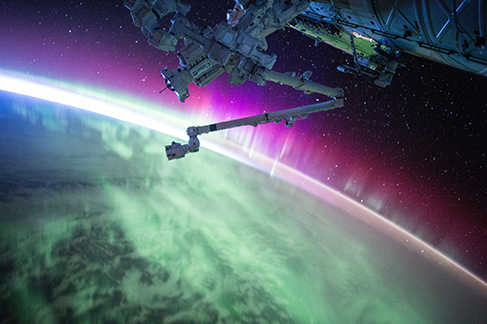Student Loans
Great Lakes Credit Union has everything you need to help manage your money and plan for the future.
Coffee BreakAugust 18, 2017

On Monday August 21, 2017 the United States will experience a total solar eclipse and a partial solar eclipse. The last time a total eclipse was visible from coast to coast, like is one is, was in 1918. Here is some information to help you to prepare for this rare event!
What is the difference between a total solar eclipse and a partial solar eclipse?
A total solar eclipse occurs when the moon appears to completely cover the sun in the sky. It is just by happenstance that the moon orbits just in the right distance to seem the same size as the sun.
Most people in the continental U.S. and other nearby areas will see a partial solar eclipse, in which the moon appears to cover only a part of the sun.
How long will it last?
Depending on where you are will determine how long you will see the total solar eclipse. The longest you will be able to see the eclipse is for 2 minutes and 40 seconds.
Where will the total solar eclipse be visible?
The total solar eclipse path stretches from Oregon to South Carolina and is about 70 miles wide. It will pass through Idaho, Wyoming, Nebraska, Kansas, Missouri, Illinois, Kentucky, Tennessee, Georgia, North Carolina and South Carolina. The partial solar eclipse will be visible through the entire United States.
You can look at this state-by-state guide to find out which major cities and prime locations will fall inside the path of the total eclipse.
Do I need any special equipment to view the eclipse?
If you are planning on viewing the total or partial eclipse then you should get a pair of solar viewing glasses. Only when the sun is completely covered by the moon, is it safe to view the eclipse with the naked eye. Looking directly at the sun, even when it is partially covered by the moon, can cause serious eye damage or blindness. You should never look at a partial solar eclipse without proper eye protection. Unfortunately, sunglasses cannot be used in place of solar viewing glasses.
To find out more information, please visit, https://www.space.com/33797-total-solar-eclipse-2017-guide.html